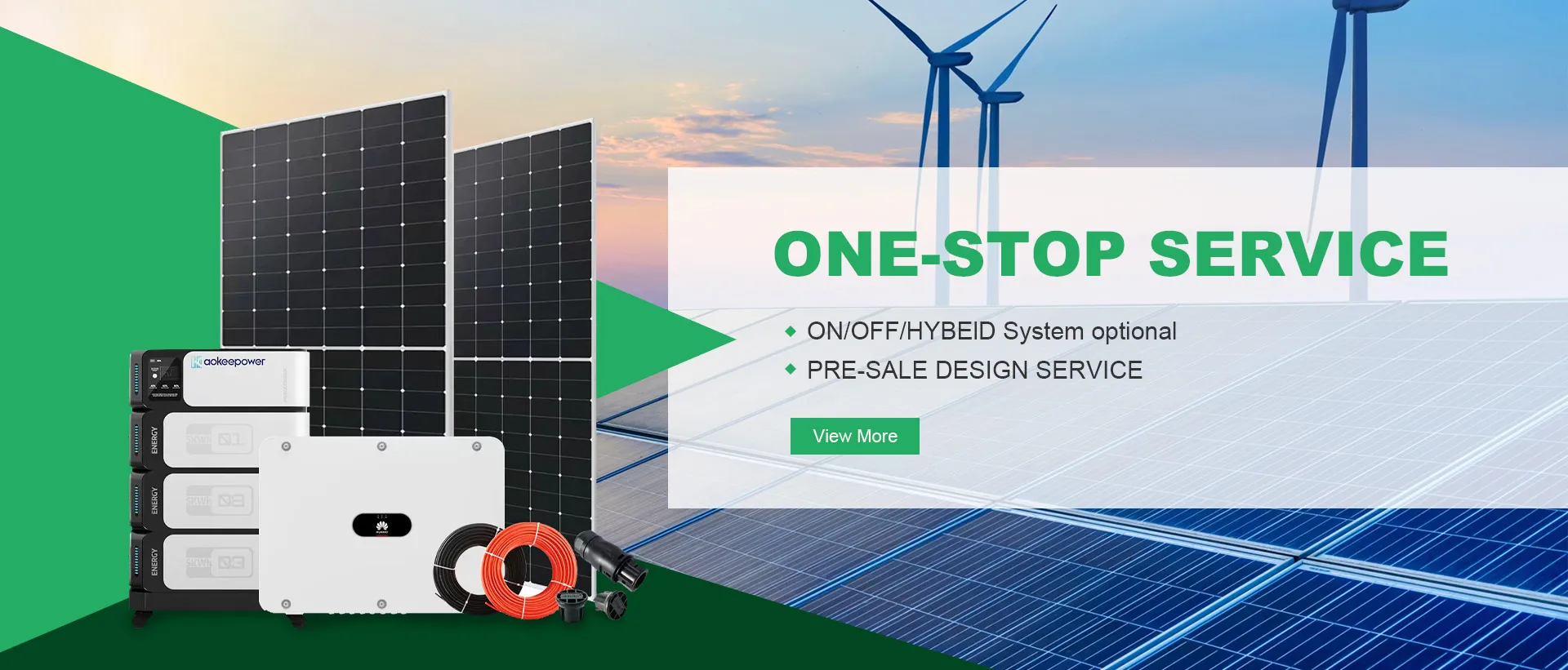Analyzing the Costs of PV Solar Energy Systems and Their Economic Impact
Understanding PV Solar Cost An Overview
As the world increasingly grapples with the realities of climate change, the attention on renewable energy sources, particularly photovoltaic (PV) solar power, has grown significantly. As a clean and sustainable energy source, the cost of PV solar systems has become a pivotal topic in discussions about energy transition. This article explores the various factors that contribute to the cost of PV solar systems, their economic advantages, and how they fit into the broader energy landscape.
The Components of PV Solar Cost
When considering the cost of a PV solar system, several key components come into play
1. Solar Panels The most visible element of any solar system. The cost of solar panels can vary significantly based on their type, efficiency, and manufacturer. Monocrystalline panels, which offer higher efficiency rates and space savings, tend to be more expensive than their polycrystalline counterparts.
2. Inverters These devices convert the direct current (DC) generated by solar panels into alternating current (AC), which is used in most homes and businesses. The quality and type of inverter (string inverter, microinverters, or power optimizers) can impact the overall cost of the system.
3. Mounting Systems Proper installation requires reliable mounting systems that ensure the solar panels are securely positioned, maximizing sunlight exposure. The complexity of the installation can also influence costs, particularly for rooftop installations versus ground-mounted systems.
4. Labor Costs The expertise and labor required for installation are significant cost factors. Skilled technicians are essential for ensuring that systems are installed correctly and safely, which can drive up labor costs depending on the region.
5. Permitting and Inspection Fees Local regulations dictate the permitting process for solar installations, and costs can vary widely. Additionally, inspection fees may apply, adding another layer to the overall expenditure.
A Decrease in Costs
pv solar cost

Fortunately, the cost of PV solar technology has seen a significant decline over the last decade. According to the International Renewable Energy Agency (IRENA), the global weighted-average price of utility-scale solar photovoltaic systems fell by approximately 82% between 2010 and 2019. This reduction in cost can be attributed to various factors, including technological advancements, economies of scale, and increased competition in the solar market.
Moreover, the growing interest in solar energy has spurred investments in research and development, leading to more efficient solar cells and reduced production costs. This trend suggests that the future could see even lower prices for solar installations.
Economic Benefits of PV Solar
The decreasing costs of PV solar technology are not just beneficial for consumers; they also have significant economic implications. By making solar energy more accessible, communities can leverage its potential to reduce electricity bills and enhance energy independence. Moreover, the installation of solar systems generates local jobs in manufacturing, installation, and maintenance—a vital factor in promoting economic recovery and growth.
For businesses, transitioning to solar energy can also be a strategic move. Companies can secure lower energy costs and improve sustainability credentials, making them more attractive to environmentally conscious consumers. In addition, some governments offer incentives, tax credits, or rebates for solar installations, further encouraging investment in this renewable energy source.
Challenges Ahead
Despite the optimistic trajectory of decreasing costs and growing adoption, challenges remain. Fluctuating material costs, such as silicon for solar cells, can impact price stability. Additionally, energy storage technologies, crucial for optimizing solar energy use, are still relatively expensive, although their prices are also decreasing.
Moreover, policymakers must address regulatory hurdles and enhance the grid infrastructure to support widespread solar adoption. Without proper energy policies, the growth of solar energy could be hampered, regardless of its decreasing cost.
Conclusion
As we push toward a more sustainable energy future, understanding the cost dynamics of PV solar power becomes increasingly important. With a variety of factors influencing pricing—from the type of solar panels to installation and labor costs—solar energy is becoming more affordable and accessible than ever before. This affordability not only benefits homeowners and businesses in terms of savings but also plays a crucial role in reducing carbon emissions and combating climate change. As technology continues to evolve and costs decline, the potential for PV solar to transform the energy landscape remains bright.
-
Unlocking Energy Freedom with the Off Grid Solar InverterNewsJun.06,2025
-
Unlock More Solar Power with a High-Efficiency Bifacial Solar PanelNewsJun.06,2025
-
Power Your Future with High-Efficiency Monocrystalline Solar PanelsNewsJun.06,2025
-
Next-Gen Solar Power Starts with Micro Solar InvertersNewsJun.06,2025
-
Harnessing Peak Efficiency with the On Grid Solar InverterNewsJun.06,2025
-
Discover Unmatched Efficiency with the Latest String Solar InverterNewsJun.06,2025







